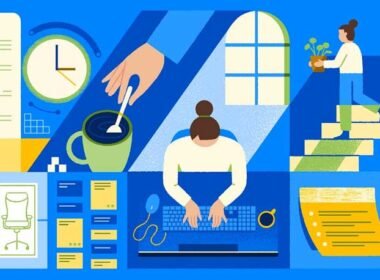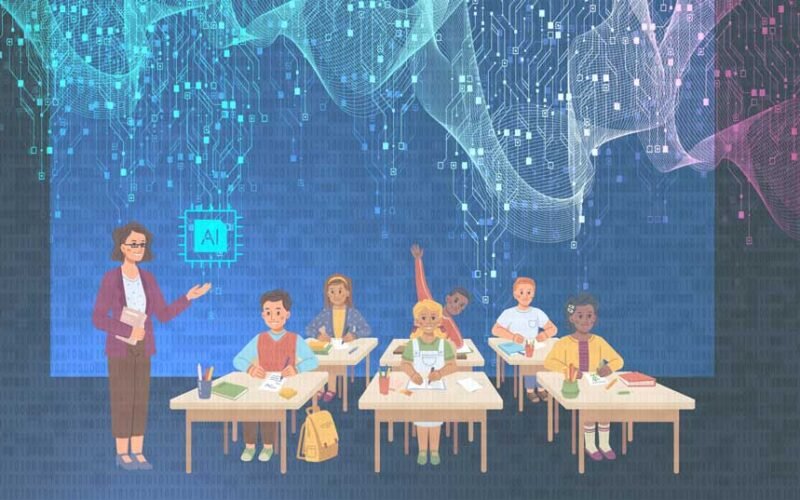Artificial Intelligence, or AI, has now become a hot topic of discussion. No matter where you look, you’ll see AI incorporated in some or all of the processes and outcomes. According to statistics, around 77% of companies are either actively using or exploring the possibility of AI in their businesses.
In a classroom, AI can also be a big advantage when used wisely. If you wish to foster creative thinking and development in your students, here are fun ways AI can enhance classroom lessons!
1. Fostering Creativity
In children, the creative process includes distinct skills like solving problems, coming up with out-of-the-box ideas, and looking at things differently.
Traditional textbooks and classroom-based teaching have limited children’s capability to come up with newer ideas, especially since books and copies believe in “one right answer.”
But generative AI can be of huge help here because there’s no specific answer, especially when it comes to English or other creative lessons.
It can urge children to think more deeply and come up with creative answers that textbooks and copies can’t.
2. Efficient Lesson Planning
Lesson planning is the most important part of teaching for teachers. While conventional teaching methods can provide comprehensive lesson plans, AI-powered tools have proven to be much better.
If teachers manually try to design each chapter and the flow of chapters, it’ll take them a lot of time and energy. Instead, if you use AI tools like Alayna AI, it will help you plan lessons based on your mentioned needs.
When your lesson plan is well-built, you will automatically be able to add creativity to each classroom session and make sure that your students understand their lessons.
3. Giving Personalized Lessons
Another major way in which AI is revolutionizing teaching is by offering personalized lessons.
In a traditional classroom setup, children often find it difficult to express that they don’t understand a certain concept. They might feel that the lesson is going too fast, or they might be afraid of what their teachers or classmates think about that idea.
However, with AI-generated lesson plans, teachers can offer a more personalized approach to lessons. This offers students a fair chance to express themself.
4. Providing Audiovisual Aids
Children love nothing more than to interact with the way they learn! Earlier, schools all over the world used textbooks and coloring books that contained bright pictures and doodles.
However, the world has evolved beyond traditional teaching methods, and children are now exposed to a wide variety of audiovisual aids. For instance, platforms like Alayna help generate attractive slides to ensure students are focused and are having fun!
This is why adding AI-based audio and learning videos can be so much fun. When kids constantly watch things that trigger their cognitive development, they’ll want to interact more with such content. This will help them to think more creatively and add value to the class!
5. Better Responsive Teaching
In a traditional setup, children often get bored when teachers keep teaching from the same old textbooks. Even if there are audiovisual aids, they’re often limited.
But AI changes all that by giving metrics on responsive learning. As a teacher, you can check the metrics, such as how many children are actively participating and how the lessons can be improved to engage more students.
With the right AI platform like Alayna, you can conduct fun quizzes and instantly get their results, as well as feedback on how each child is performing. This can be a big help to understand how creative each child is.
6. Fosters Emotional and Social Development
Creativity is much more than coming up with innovative ideas. Creative children are often more socially adaptable and have a greater emotional intelligence.
Generative AI has shown promising results in this field by giving students the freedom to express themselves without hesitation.
Many AI platforms can be easily accessed at home, which means that children can go through their lessons and stay updated with whatever has been taught even after school is over.
Children are stimulated to keep thinking about whatever they have learned in class, which automatically triggers their creative senses.
Conclusion
No matter what kind of AI platform or software you use, it’s important to focus on how much your students are learning and whether each child can grasp the concepts. So don’t wait anymore and get started on your lessons using AI!










